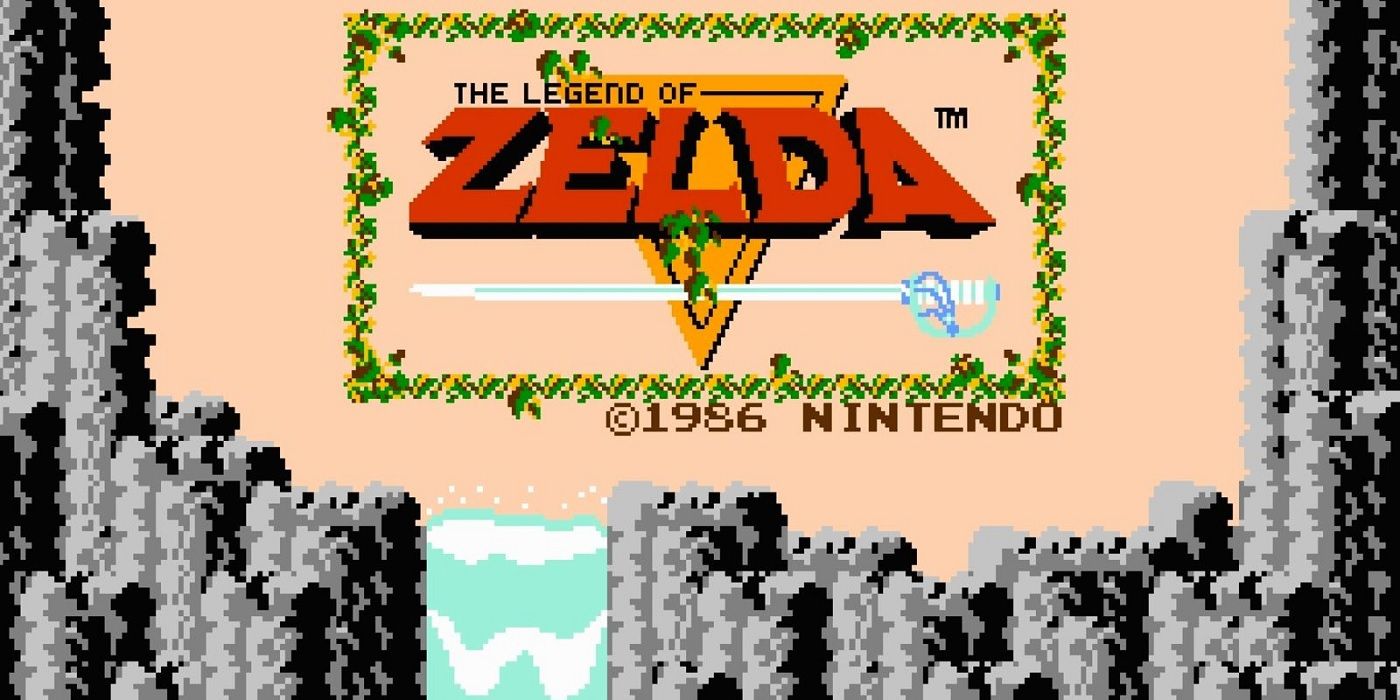3 min to read
The Legend of Zelda
Embark on a Heroic Quest in "The Legend of Zelda" for NES.
 The following is the official NES USA retail version of the game.
The following is the official NES USA retail version of the game.
About the game
“The Legend of Zelda,” a revolutionary action-adventure game, was first introduced to the gaming world in 1986 for the Nintendo Entertainment System (NES). Developed and published by Nintendo, the game was a brainchild of legendary game designer Shigeru Miyamoto and his team. It marked the beginning of a franchise that would go on to become one of the most beloved and enduring in the history of video games.
The narrative unfolds in the mystical land of Hyrule, where the evil Ganon has captured Princess Zelda and plans to use the power of the Triforce to plunge the kingdom into darkness. Players take on the role of Link, a courageous young hero, tasked with the rescue of Princess Zelda and the retrieval of the Triforce of Wisdom. The game’s subtitle, “The Legend of Zelda,” alludes to the princess, who plays a pivotal role in the overarching storyline.
One of the most groundbreaking aspects of “The Legend of Zelda” is its open-world design, a rarity in the mid-1980s gaming landscape. Unlike linear games of the time, players were given the freedom to explore the vast and interconnected world of Hyrule. The game consists of an overworld map divided into various regions, each hiding dungeons, secrets, and challenges. This non-linear approach to gameplay was a departure from the norm, providing an immersive experience that captivated players and set a standard for future adventure games.
The protagonist, Link, equipped with a sword and a shield, must navigate through the overworld, battling enemies, solving puzzles, and discovering hidden locations. The game’s dungeons, scattered throughout the land, pose progressively challenging obstacles, testing the player’s wit and combat skills. Each dungeon is guarded by a unique boss, and successful completion rewards Link with a piece of the Triforce of Wisdom.
To aid Link on his quest, players encounter various non-playable characters, each offering clues, items, or essential information. One iconic character is the Old Man, who imparts the famous line, “It’s dangerous to go alone! Take this,” before providing Link with his first sword. This memorable encounter has become a hallmark of gaming history, often referenced in popular culture.
“The Legend of Zelda” introduced an innovative saving system using batteries within the game cartridge, allowing players to save their progress and return to their adventure later—a feature not commonly found in games of that era. This not only facilitated the game’s non-linear structure but also enhanced the overall gaming experience.
Complementing the engaging gameplay is the iconic musical score composed by Koji Kondo. The game’s main theme, often referred to as the “Overworld Theme,” is instantly recognizable and has become synonymous with the Zelda franchise. The music dynamically changes as players explore different areas, adding to the immersive and emotional impact of the game.
“The Legend of Zelda” received widespread acclaim for its innovative design, engaging gameplay, and memorable characters. It became a commercial success, establishing the Zelda franchise as a cornerstone of Nintendo’s game portfolio. The game’s success led to the creation of numerous sequels, spin-offs, and adaptations across various gaming platforms.
In conclusion, “The Legend of Zelda” for NES is a landmark title that not only shaped the future of video games but also left an indelible mark on popular culture. Its open-world concept, captivating storyline, and memorable characters have secured its place in the pantheon of gaming classics. The game’s enduring legacy continues to influence game design and storytelling in the ever-evolving world of interactive entertainment.
Resources
- Official page of the game: https://www.nintendo.co.uk/Games/NES/The-Legend-of-Zelda-796345.html
- Cover image credits: https://akmtechnews.blogspot.com/2020/05/ranking-10-best-nes-games-on-nintendo.html